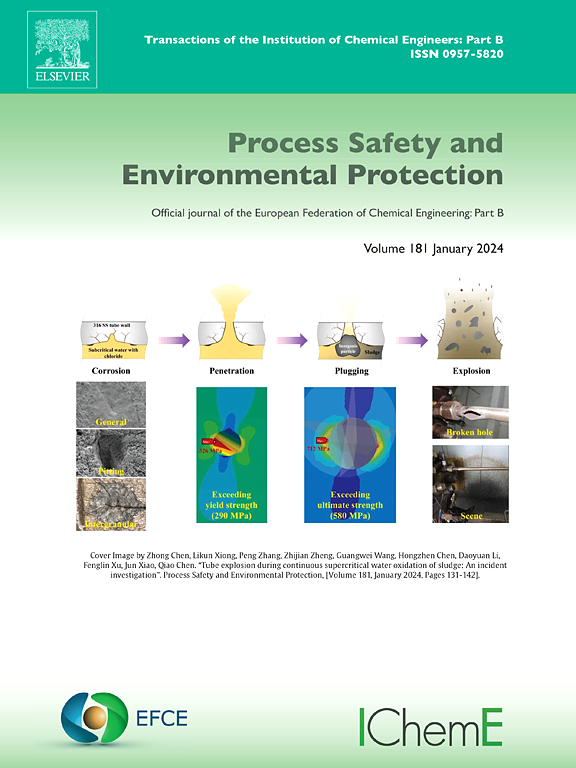Decoding constructed wetlands: A meta-analysis of performance and key drivers in tail water treatment
IF 6.9
2区 环境科学与生态学
Q1 ENGINEERING, CHEMICAL
引用次数: 0
Abstract
Given the escalating water pollution crisis and the urgent need for sustainable wastewater management, the recycling of tail water from wastewater treatment plants is receiving increasing global attention due to its substantial volume. In this regard, constructed wetlands (CWs) have emerged as a promising solution; however, gaps remain due to the lack of systematic quantitative analysis on their outcomes and determinants. To address this, we conducted a meta-analysis of 141 global studies to evaluate CW performance. Our findings revealed an overall polishing efficiency of 58.0 %. Alarmingly, nitrogen and phosphorus effluent concentrations in many cases exceeded desired standards in China, at 52.8 % and 27.0 %, respectively. From our analysis, three key conclusions were drawn: (1) vertical subsurface flow CWs exhibited the best purification performance, (2) the hydraulic loading rate should be maintained below 1.03 m/d to exceed the current average nitrogen removal efficiency, and (3) CWs planted with emergent macrophytes demonstrated superior overall removal efficacy. These insights offer valuable guidance for optimizing CW design and operation in relation to tail water polishing, ultimately contributing to environmental protection and the sustainable management of water resources.
求助全文
约1分钟内获得全文
求助全文
来源期刊

Process Safety and Environmental Protection
环境科学-工程:化工
CiteScore
11.40
自引率
15.40%
发文量
929
审稿时长
8.0 months
期刊介绍:
The Process Safety and Environmental Protection (PSEP) journal is a leading international publication that focuses on the publication of high-quality, original research papers in the field of engineering, specifically those related to the safety of industrial processes and environmental protection. The journal encourages submissions that present new developments in safety and environmental aspects, particularly those that show how research findings can be applied in process engineering design and practice.
PSEP is particularly interested in research that brings fresh perspectives to established engineering principles, identifies unsolved problems, or suggests directions for future research. The journal also values contributions that push the boundaries of traditional engineering and welcomes multidisciplinary papers.
PSEP's articles are abstracted and indexed by a range of databases and services, which helps to ensure that the journal's research is accessible and recognized in the academic and professional communities. These databases include ANTE, Chemical Abstracts, Chemical Hazards in Industry, Current Contents, Elsevier Engineering Information database, Pascal Francis, Web of Science, Scopus, Engineering Information Database EnCompass LIT (Elsevier), and INSPEC. This wide coverage facilitates the dissemination of the journal's content to a global audience interested in process safety and environmental engineering.
 求助内容:
求助内容: 应助结果提醒方式:
应助结果提醒方式:


